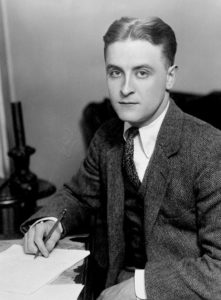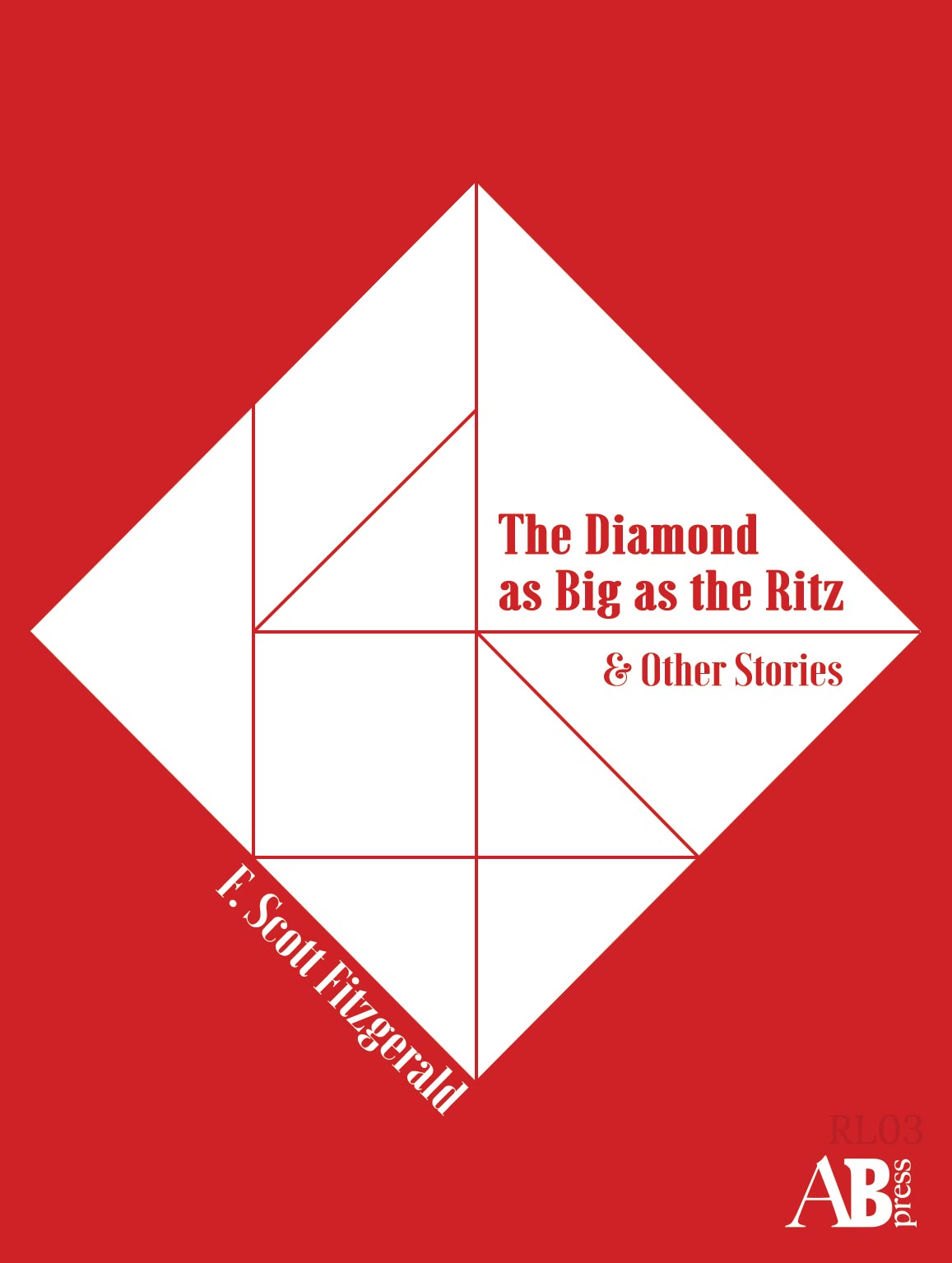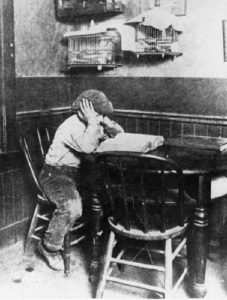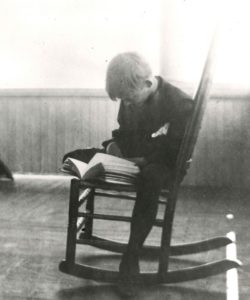Biography

F. Scott Fitzgerald in 1921
“The richer a fella is, the better I like him,” says the tale’s narrator, John T. Unger, a schoolboy envious of his wealthy classmates. The plot of this allegorical novella reads as a hallucinatory tale; Fitzgerald later wrote that he began the story by trying to imagine the limits of material wealth in a “playful daydream.” It is concerned with one family’s glut of wealth — a secret diamond mine that included a mountain consisting of one enormous diamond — the lengths they undertake to preserve it, and the corrupting influence of this undertaking. It is a modern-day fairy tale of an obsession with the pursuit of riches. Its ultimate anti-materialist viewpoint had met some objection: Fitzgerald had hoped to place it in The Saturday Evening Post, a paper that had bought many of his short stories before and whose fees, even at this point in his career, underwrote his own excessive spending. But they disapproved of its sentiment and it was rejected.
FRANCIS SCOTT KEY FITZGERALD (1896 – 1940) was so ambitious for his literary career that he finished at Princeton before he had completed his degree. His first novel was published when he was 23: it yielded royalties enough to afford marriage to Zelda. He completed only four novels; his best known, The Great Gatsby, was published in 1925. Fitzgerald was a standout figure in mid-1920s Paris where, with other American émigrés such as Stein, Hemingway and Pound—together known as the ’Lost Generation’—he lived a life of excess. His time hereafter in America proved to be difficult: Zelda’s schizophrenia, his developing alcoholism and constant financial difficulties meant that, in H. L. Mencken’s words, “The case of F. Scott Fitzgerald has become distressing.” He was torn between a desire to write novels and a monetary need to write short stories. He referred to his short story writing as “whoring”); he wrote over 160. A later career as a Hollywood hack proved fruitless, but at least he was able to parody this experience through the character of Pat Hobby in a last sequence of his most outstanding short stories.
Fitzgerald died of a heart attack aged only 44. Dorothy Parker was reported to have muttered “poor son-of-a-bitch” at his funeral, a line from Gatsby’s funeral.
Orson Welles’ adaption of the story, a radio play broadcast from 1945





 Allen Lane, the founder of Penguin books, was a man who liked to be seen riding a virtuous horse though his spurs were as sharp as an abacus: money was his game and he chanced to sell his new Penguin range through his Penguincubator in 1937, in tobacconists alongside newspapers and boiled sweets, also a few placed as concessions in branches of F. W. Woolworth’s. One Penguincubator was commissioned at Charing Cross Station, placed next to a machine vending cigarettes. (6d the price of a packet of fags, 6d the price of the first Penguins, though am not sure if Lane had thought through how you were supposed to keep the books alight without a filter.) Booksellers in the Charing Cross locality objected to the Penguincubator and it was removed. It would seem that they were never successful in any case.
Allen Lane, the founder of Penguin books, was a man who liked to be seen riding a virtuous horse though his spurs were as sharp as an abacus: money was his game and he chanced to sell his new Penguin range through his Penguincubator in 1937, in tobacconists alongside newspapers and boiled sweets, also a few placed as concessions in branches of F. W. Woolworth’s. One Penguincubator was commissioned at Charing Cross Station, placed next to a machine vending cigarettes. (6d the price of a packet of fags, 6d the price of the first Penguins, though am not sure if Lane had thought through how you were supposed to keep the books alight without a filter.) Booksellers in the Charing Cross locality objected to the Penguincubator and it was removed. It would seem that they were never successful in any case.